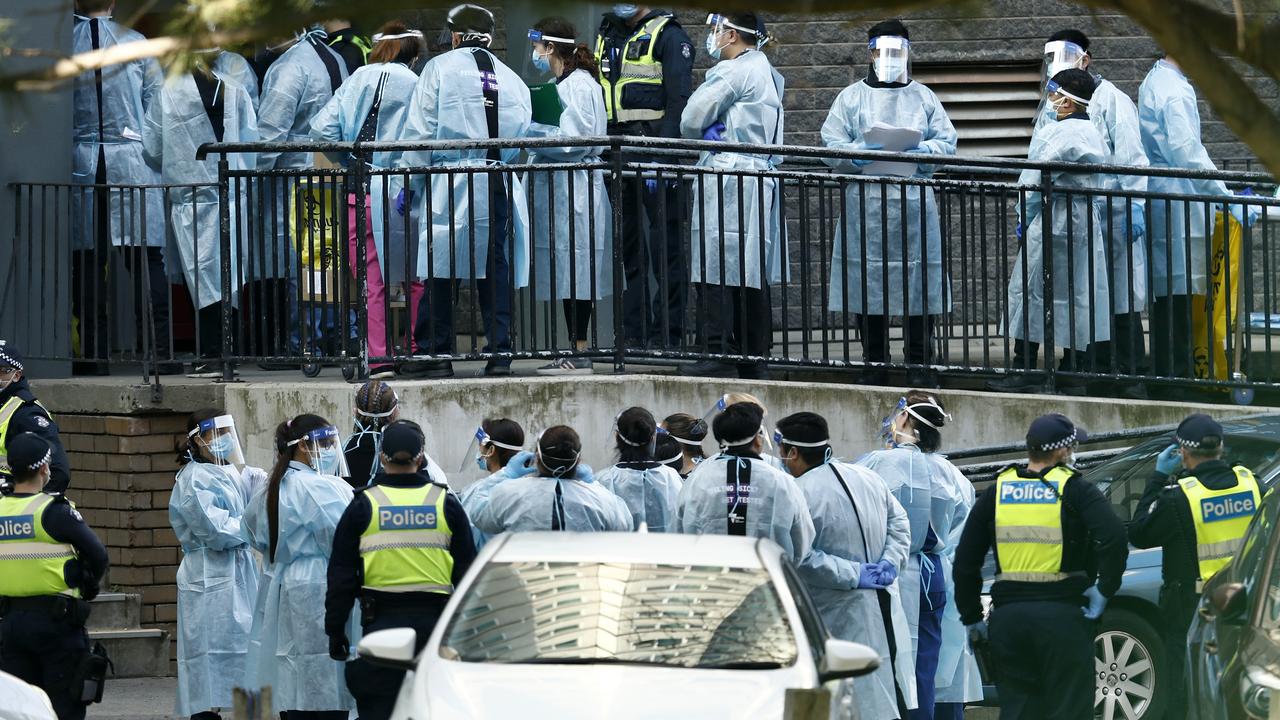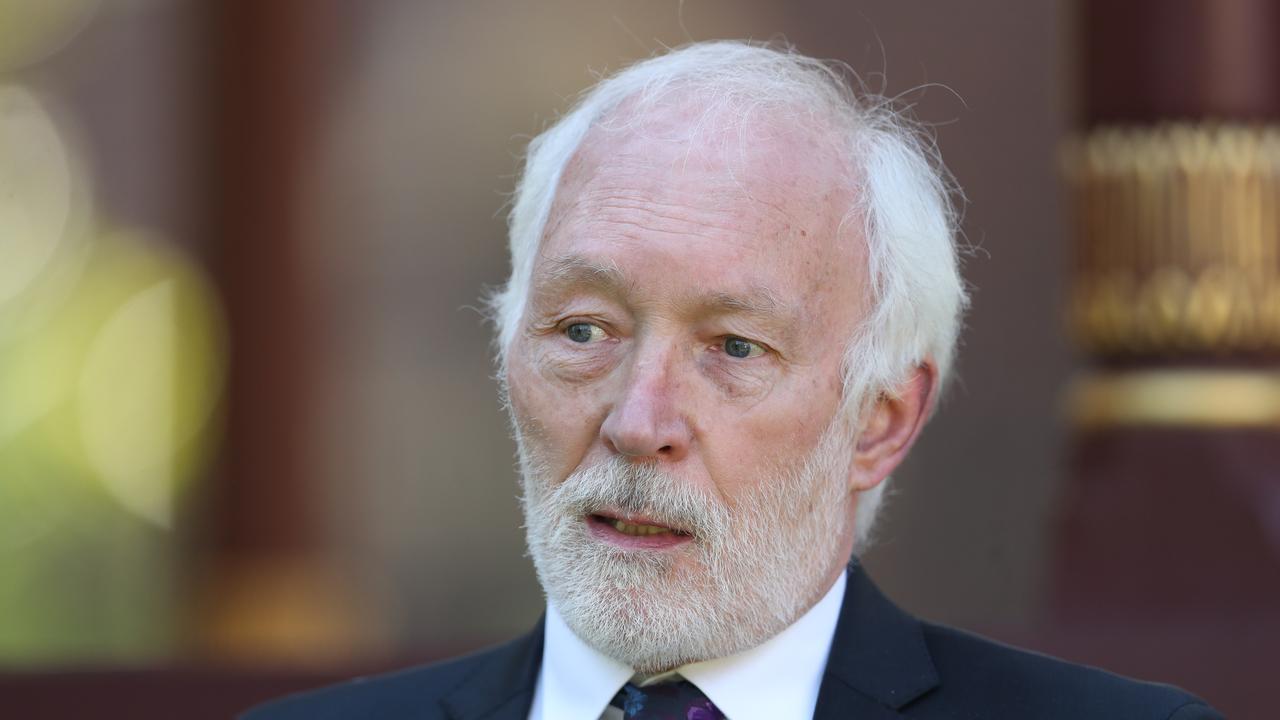Tighten NDIS entry or watch it fail, say stakeholders
Eligibility rules for the $22bn NDIS must be greatly tightened to ensure its long-term viability, stakeholders have warned.

Eligibility rules for the $22 billion National Disability Insurance Scheme must be greatly tightened to ensure its long-term viability, potentially barring tens of thousands from access to the scheme, stakeholders have warned.
Submissions to the Productivity Commission inquiry into NDIS cost pressures from peak disability groups, the legal fraternity and even former chairman Bruce Bonyhady warn of “boundary” and “eligibility” issues that will make the scheme unsustainable if they are not dealt with now.
The key groups are particularly concerned about the ability of the scheme to absorb children diagnosed with autism, and more than 100,000 people with severe mental illnesses. There is also a debate about the extent of deafness or blindness that is required to access the scheme.
The Australian Lawyers Alliance said the hopes of many who were promised something revolutionary and all-encompassing must “necessarily” be dashed if the scheme was to survive. This realisation is dawning on the Marnell family, which has fought for access to acceptable early-intervention funding for five-year-old Makai, who has autism.
“It’s just so frustrating,’’ said mother Teagan Marnell, 28. “Don’t tell us you are going to help us if you aren’t going to be able to help us.”
If the Turnbull government acts on the growing consensus among stakeholders that the scheme as it is drawn is unsustainable, it risks a political war with the states that have told The Australian they will not budge on the original scope of the project.
The scheme was designed by the Productivity Commission in 2011 but in subsequent legislation, introduced under the Gillard government, changes were made to some definitions regarding access that have led to higher than expected numbers of eligible participants. “The eligibility criteria were poorly framed by the 2011 PC and that flaw carries through to the legislation,” says a submission by the Australian Lawyers Alliance.
“Any scheme of this type must have clear boundaries. There is an urgent need for specific clarity on eligibility and more accurate modelling on the number of expected participants.
“These aspects will have decisive effects on the funding needed to ensure the scheme’s long-term sustainability.”
The National Disability Insurance Agency, which runs the scheme, has scrambled to deal with an influx of children with autism spectrum disorders.
Mr Bonyhady put this down to inflated “expectations” under old programs “that have contributed to higher than expected demands for early intervention supports”.
He said it was inevitable that more cost pressures would emerge as forecasts and experience diverged, but argued many of these could be dealt with by “vigilant monitoring” within the agency itself.
Other issues would require legislative intervention, moves that theoretically require the input of every government that signed up to the scheme through the Disability Reform Council.
“The main area of concern is autism and developmental delay and challenges in this area have been exacerbated by the decision to adopt an eligibility definition of developmental delay, rather than global developmental delay,” Mr Bonyhady says in his submission.
Mrs Marnell, of Happy Valley in Adelaide, has had one NDIS plan for Makai but it was a battle to get as far as they have and the future looks bleak.
Initially Makai was offered $12,000 in the South Australia trial, which was bumped up to $16,000 on review and then $25,000 after Mrs Marnell appealed.
“This still does not cover the cost of the best-practice early intervention for Makai and we fought at every turn to get it,” she said. “There is no consistency around who gets in and who does not. The scheme is not as grand as I was told it was going to be.”
National Disability Services chief executive Ken Baker said he did not believe there would be a cost blowout to the NDIS if pressures were brought under control now. “The NDIS must be financially sustainable, “ he said in his submission to the commission.
He noted that it should also not be too restrictive in how it helped those who were eligible.
So-called boundary issues — who pays for what between the NDIS and other sectors such as health, education and justice — pose more significant threats to the liquidity of the scheme. State governments have ongoing expenses relating to the scheme limited to an “escalation” factor of 3.5 per cent each year from 2019-20, while the federal government must meet the entirety of any cost overruns as a result of more participants.
The states have also bundled much of their existing disability programs into the NDIS as part-payment for their split and have no intention of turning back.
NSW Disability Services Minister Ray Williams told The Australian: “I do not support any changes to the eligibility criteria for the NDIS. This government is proud that NSW’s NDIS rollout is on track, on time and on budget.”
Queensland Disability Services Minister Coralee O’Rourke said the intent and scope of the NDIS “should be preserved as is” and cautioned states to continue to play a strong role in governance and oversight of the scheme.



To join the conversation, please log in. Don't have an account? Register
Join the conversation, you are commenting as Logout